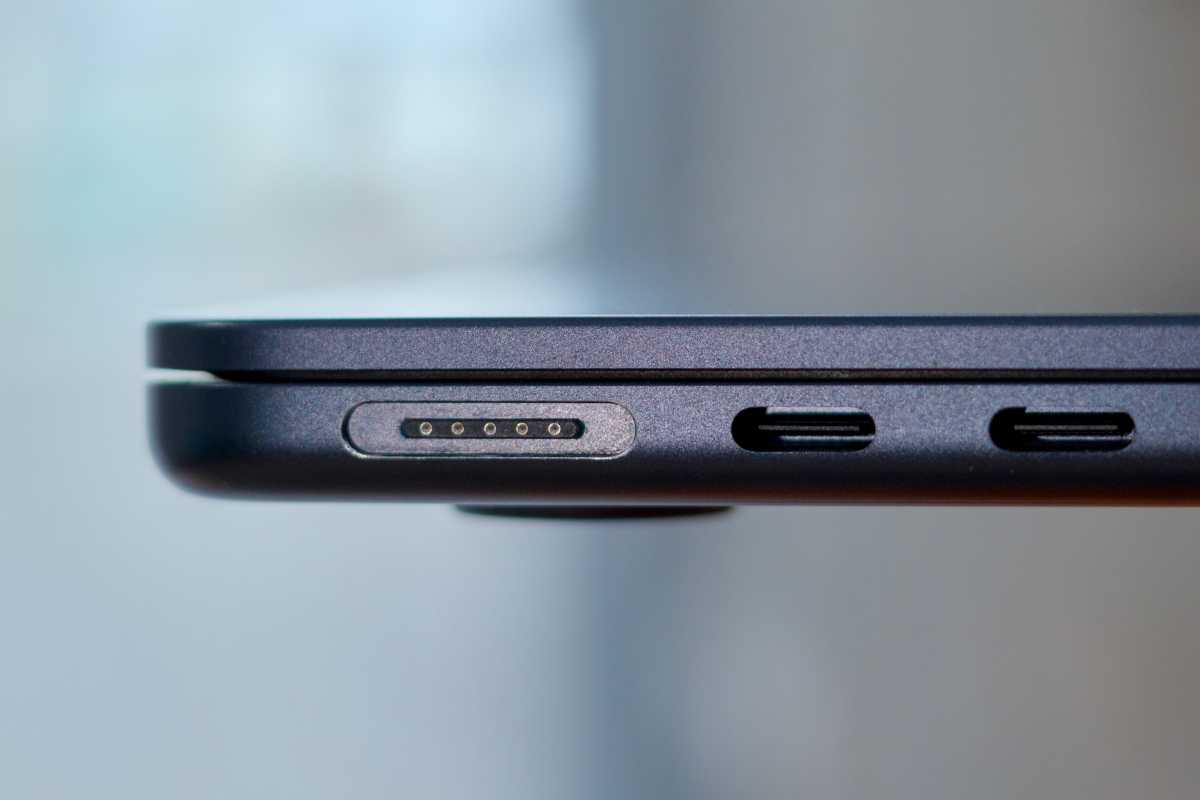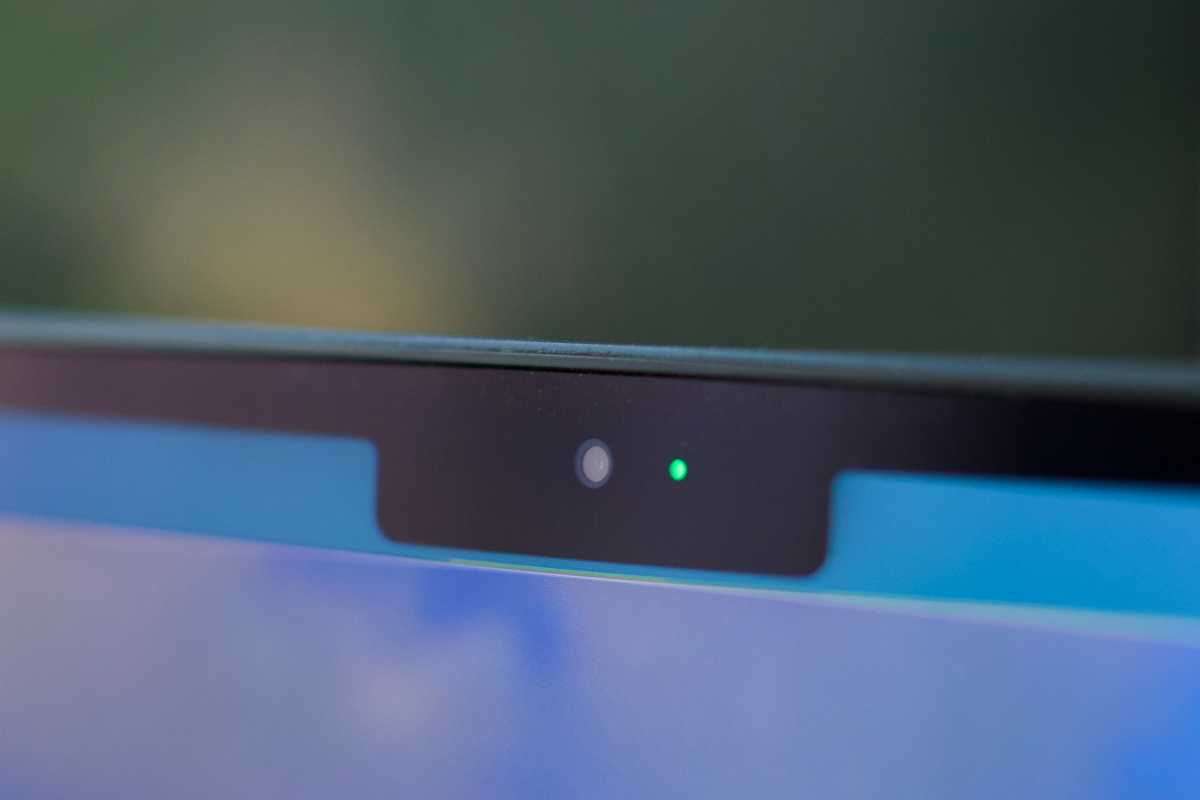As a diehard Apple fan and a technology journalist, I try to refresh my gear every year or so to keep up with the latest features. However, while my three-year-old M2 MacBook Air could certainly use an upgrade—and I’ve got my eye on a new MacBook Pro—it’s going to have to last for another year. Not only are the M5 MacBooks not expected to bring much in the way of new features, but Apple is reportedly set to kickstart a new era with the M6 MacBook Pro as soon as next year. Here’s why I’m waiting to upgrade—and so should you.
A new design that’s even thinner
With the introduction of the first Apple Silicon MacBook Pro, Apple adopted a boxier design with flat edges, thin bezels, and a notch. It has since become the default design for all of its laptops, with the main differences between the MacBook Air and Pro designated by features rather than form factor.
The forthcoming Apple design chapter appears to be all about slimness. We’ve already got the ultra-thin iPad Pro models, and the iPhone 17 Air is expected to adopt a similar formula later this year. Similarly, the MacBook Pro M6 could follow suit in late 2026 and boast a sleeker body that makes it lighter and more mobile. Consequently, opting for a comparably chunky MacBook now doesn’t feel like a very wise decision.
A first-of-its-kind display
Another expected upgrade for the M6 MacBook Pro is its enhanced display. For the first time on a MacBook, Apple is expected to debut an OLED panel, contributing to true black levels and more vibrant colors.
We’ve already seen the benefits of OLED on the iPhone and iPad Pro, but they’ll be even more noticeable on the MacBook’s larger screen. Compared to the MacBook Pro, the iPad Pro’s tandem OLED screen has greater sustained HDR brightness with all of the same pro-level features we already love: 120Hz refresh rates (ProMotion technology), TrueTone, and the nano-texture option. Compared to my MacBook Air screen, it’s a whole new world—and one worth waiting for.

The M6 MacBook Pro is expected to have an even thinner design like the Air.
Foundry
Faster performance (with 5G?)
It goes without saying that replacing a MacBook Air M2 with an M4 MacBook Pro will remarkably boost the performance, with at least doubling my 8GB of RAM and far faster speeds. However, the M6 chip coming next year looks to be a huge upgrade to my M2 chip that brings substantial improvements to the CPU, GPU, and Neural Engine that powers on-device Apple Intelligence features.
Apple silicon Macs seem to follow a four-generation performance cycle. Benchmark results indicate that transitioning from an M1 to an M4 chip can enhance CPU capabilities by around 60 percent in both single-core and multi-core tasks. The M4’s GPU performance is approximately 60 percent better than that of the M1, and its Neural Engine is about three times faster.
As such, by the time the M5 processor debuts, the incremental developments over the years will have stacked up, warranting an upgrade for M1 Mac users. Likewise, it makes sense for M2 Mac users like me to wait for an M6 to get the most bang for their upgrade bucks.
And just maybe, Apple will give us a long-requested feature in the M6 MacBook Pro: cellular connectivity. With its new C1 modem in the iPhone 16e, Apple has control over the cost, performance, and efficiency of the wireless chip, so it can hopefully bring it to the MacBook Pro to unlock 5G connectivity and make working on the go more feasible.
Even better battery life
M-powered MacBooks are renowned for their energy efficiency and long battery lives. My M2 MacBook Air’s battery, despite now having a maximum capacity of 82 percent, still manages to get me through several hours of continuous browsing at full display brightness. However, its shortcomings surface whenever I do heavy work, forcing me to charge it at least once a day.
According to Apple, the MacBook Air M2 can last up to 18 hours on a single charge, while the M4 MacBook Pro stretches that to 24 hours. When the M6 MacBook Pro debuts, it’s safe to assume that the 24-hour limit will have been maintained or improved thanks to improvements in efficiency, the OLED display, and cooling. Even if it’s just an hour or two, it could mean the M6 MacBook Pro will comfortably make it through several days of work without a charge.

The MacBook’s notch has to go.
Foundry
The end of the notch
One of Apple’s most unsung features is Center Stage. When FaceTiming my friends, the camera frame adapts to my movements and ensures that I stay centered at all times. Current MacBook models have already ported this feature, along with the 12MP front camera from the iPhone and iPad. However, they also still have an unsightly notch.
There was a time when the MacBook’s notch mirrored the iPhone’s design, but with just one iPhone left with a notch (the 16e), it’s time to move on. Along with the OLED display, next year’s MacBook Pro models could also be retiring the controversial notch in favor of a hole-punch camera design. This would free up space in the menubar and look much better with macOS Tahoe’s new invisible menu bar design.
The best things come to those who wait
Now that mainstream consumer devices have generally matured, there are two main ways to go about fresh releases. We either upgrade annually and complain about how insignificant the differences are, or we ignore them for a few years and enjoy the bigger, cumulative impact when a replacement is due.
A jump from my M2 MacBook Air M2 to an M3 or M4 MacBook Pro would be a nice upgrade, but waiting for the M6 MacBook Pro won’t just be a huge upgrade for me, but a full refresh of Apple’s high-end laptop with a new design, a faster processor, longer battery life, and the most advanced MacBook screen yet. Waiting isn’t going to be easy—but it’ll be worth it.


